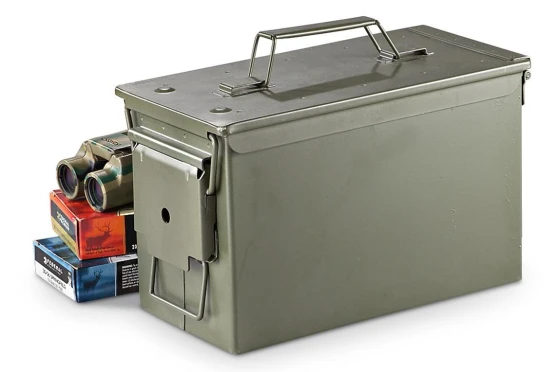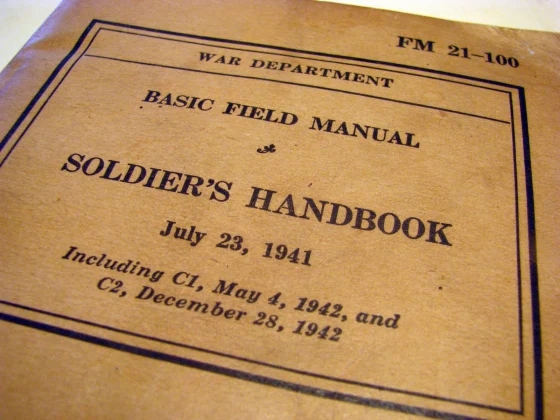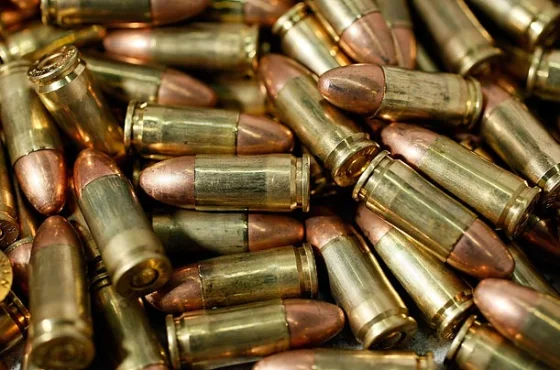Contents:
- Definition of Circulatory Shock
- First-Aid for Circulatory Shock
Definition of Shock:
Shock is the failure of the cardiovascular system to keep adequate blood circulating to the vital organs of the body (such as the brain, hear, and lungs).
The first hour after s severe injury is the most important. The major problem is the onset of shock. Once shock reaches a certain dangerous level, the victim cannot be saved.
Can be caused by bleeding, poisoning, insect bites and stings, snake bites, electrical shock, burns, severe injuries, psychological trauma, heart attack, and other medical conditions.
Symptoms include: confused behavior; very fast or very slow pulse rate; very fast or very slow breathing; trembling and weakness in arms and legs; cool and moist skin, pale or bluish skin, lips, and fingernails; and enlarged pupils.
First-Aid For Shock:
- Put the victim in a lying-down position to improve circulation.
- If there are not any head or neck injuries, or leg fractures, place the victim on their back and elevate the feet and legs 8 to 12 inches using available objects.
- If there is head or neck injuries, keep the victim lying flat and wait for EMS. Do not move the victim unless there is immediate danger from fire or similar hazard. If you must move them, do not bend or twist the body.
- If the victim vomits, place him or her on one side to avoid blocking the airway with any fluids. This position lets the fluids drain from the mouth.
- If the victim has trouble breathing, place him or her in a semi-reclining position.
- Maintain the victims body temperature. Getting cold reduces the blow of blood. To warm the victim, put blankets underneath as well as around the body, but do not overheat. Too much heat will draw blood away from vital organs. If the victim is outside on a hot day, provide shade from the sun and loosen clothing.
x































